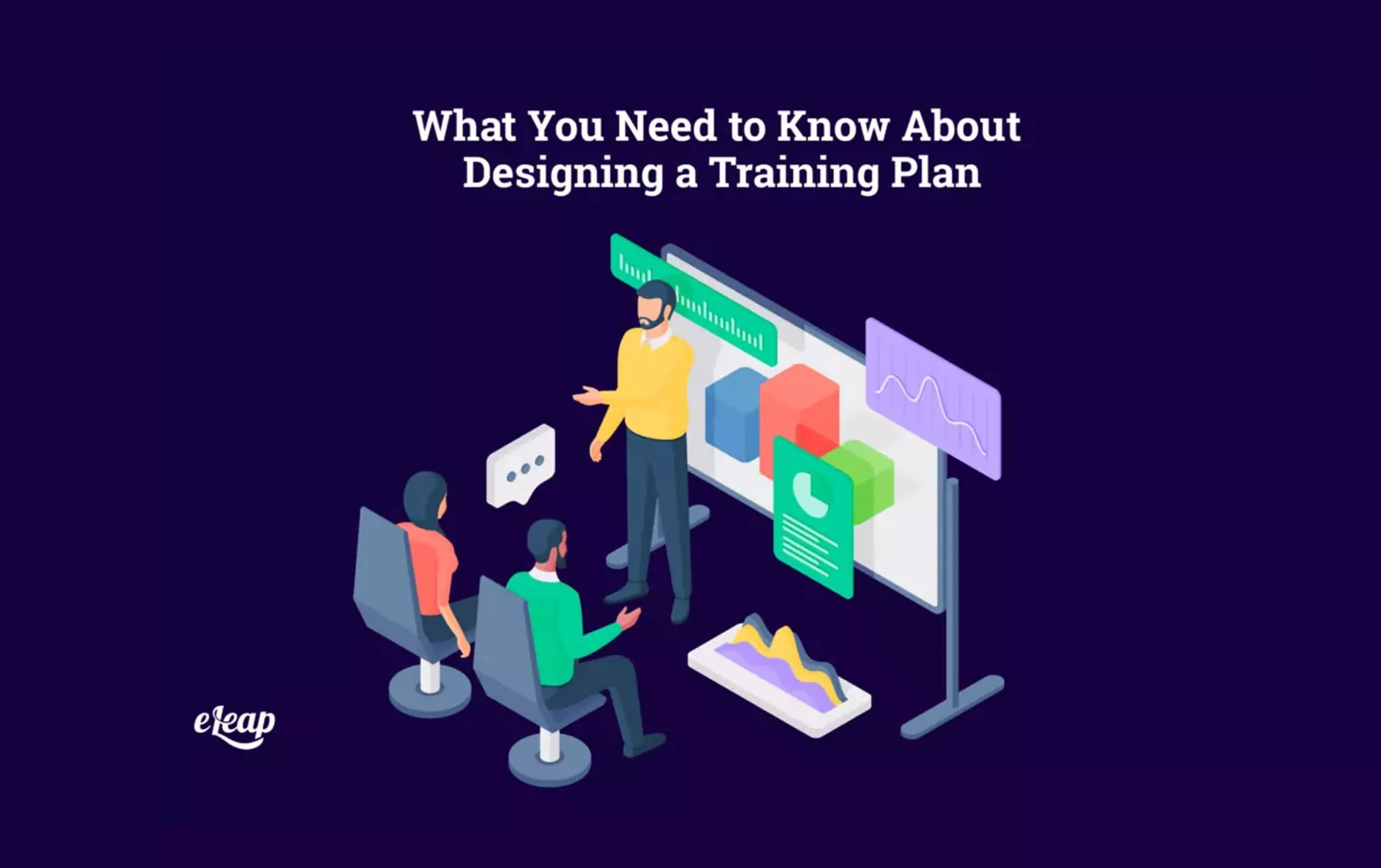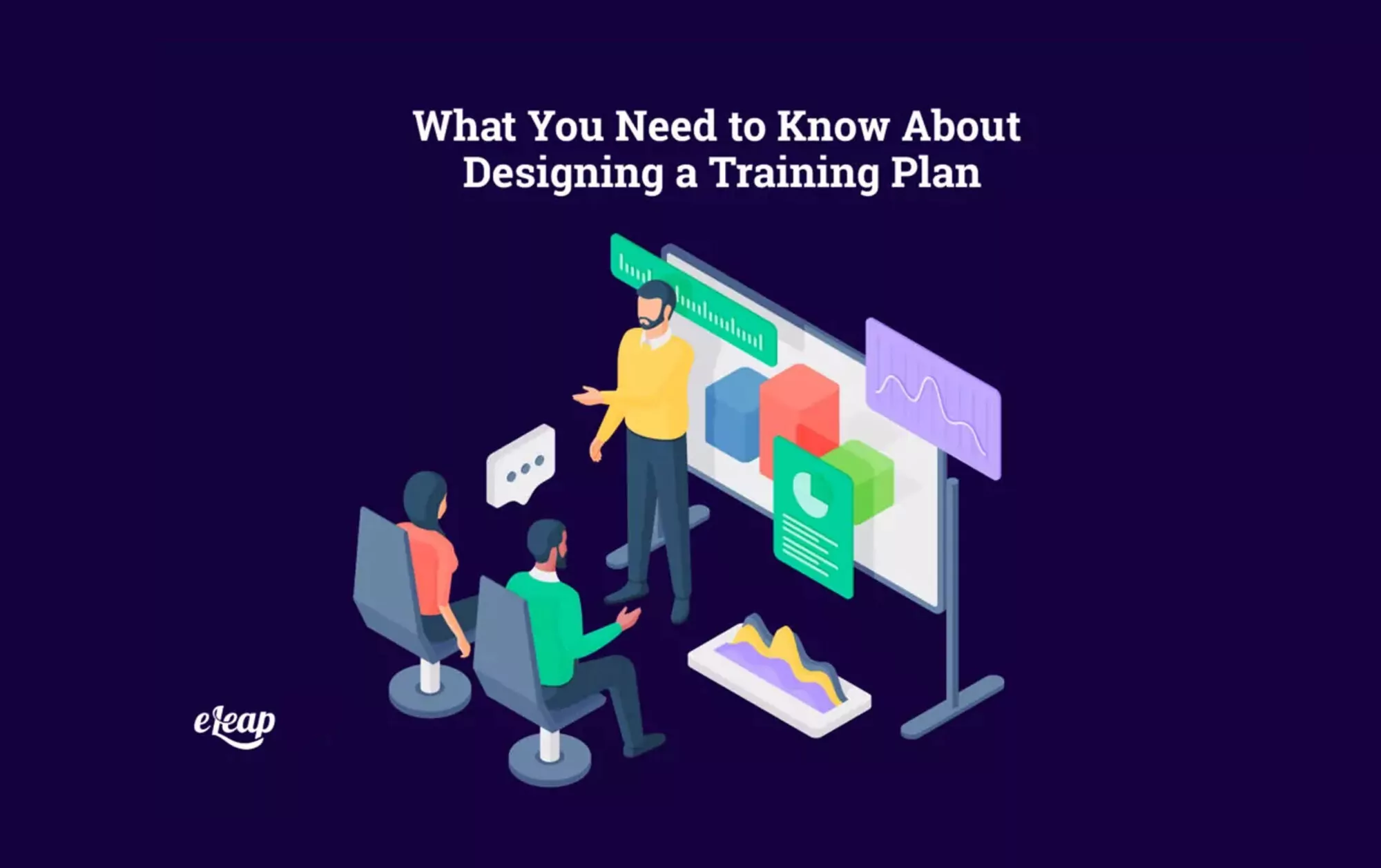What You Need to Know About Designing a Training Plan

The point of performance management is to help team members transform into their best selves. While coaching and pointers can help, it will sometimes be necessary to take deeper action. To build skills and support improved outcomes, employees will need to be trained. The right training plan is essential to seeing success here.

Is Training Part of Performance Management?
Often, managers assume that all training falls under the learning and development banner. The truth is that performance management and learning and development are really two sides of the same coin. The line between them is more than a little bit blurred, so designing a training plan actually does fall under performance management.
Why Does Training Matter?
Another assumption managers make is to assume that training is really not necessary. They feel that one-on-ones and check-ins should be sufficient. After all, if you’re telling an employee that they need to improve in a particular area, they will do so, right? Here’s the thing – that can only happen if they already possess the skills and knowledge necessary to effect improvements.
If a team member lacks the required skills and knowledge, real change will be impossible. So, designing a training plan is important to help that team member get from where they are to where they need to be. It’s part and parcel and managing their growth and development.
Designing a Training Plan: How It Works
For anyone who has worked within learning and development, the following waterfall will look familiar. For managers who have only focused on the coaching aspect of performance management, this may be a new experience. We’ll highlight the flow required when designing a training plan below.
Needs Assessment
The first step is a needs assessment. What’s required? What does the employee need to learn? What will the training ultimately help them accomplish? Ideally, this should be mapped to an outcome defined during performance management and addressed during a one-on-one.
Learning Objectives
This stage is actually the second part of the previous step. Learning objectives must be set after you’ve determined the needs present, and should be mapped directly to them. For instance, John needs to create graphical assets that better match your company’s brand (needs). To achieve that, he’ll need to learn new graphic design techniques (learning objectives).
Learning Style
In this step, you’ll need to determine how the team member learns best. Are they a kinesthetic learner? An auditory learner? Do they learn better by reading? The training plan should include content delivery in the style that works best for the employee in question, but also design with an eye toward future learners and their potential needs and expectations.
Define the Mode
How will the information best be conveyed to the learner? Is it something that you can do online? Will it need in-person instruction? Would it be better with a human mentor? Is job shadowing the better choice? Delivery mode is one of the most critical considerations, as it will affect every other aspect, including the employee’s ability to absorb key information and then translate it into performance improvements in their daily responsibilities.
Budget
Now it’s time to determine how much you can spend in designing the training. To help justify the expenditure, determine whether the training can be applied to others within the business, or if it can be added to your LMS permanently for other employees to use later.
Delivery Style
How interactive will the content delivery be? Will you need a human instructor at any point? What delivery method works best for the content and desired outcome?
Audience
Obviously, you’re designing a training plan with a single employee in mind, but chances are good that it will apply to a much wider audience. Who are they? What are their expectations when it comes to professional development courses? For instance, Baby Boomers prefer in-person training, while Millennials tend to prefer digital content. Consider the current employee(s) in need of training, but also design with an eye toward future needs of the company.
Content
Now comes the content – what will you need to teach the employee? How will you sequence the content so that the employee can move through it in a logical manner that supports understanding and information retention? Speaking of retention, how will you measure it?
Duration
What’s the deadline for the training to be completed? Considering that this is tied to employee performance, the duration should be tied to necessary business outcomes and the employee being able to perform their job duties to the best of their ability. For instance, a course spread out over a full month might be too long if the skills being learned are critical to the employee being able to meet performance requirements.
Effectiveness
Finally, you need a way to measure the training’s effectiveness. This is more than just information retention – it should be tied to real-world performance improvements. Did the employee’s performance change? Are they now able to reach specific objectives or achieve stated outcomes? Ideally, it should involve you observing the employee using the new knowledge and skills in their regular job duties, and then discussing those outcomes in another one-on-one.
Get Feedback
Don’t assume that designing a training plan is the end here. After evaluating the employee’s performance for improvement, you should also ask for their feedback. Did the training improve their ability to perform their job duties? Did the training plan make them feel supported and valued? Did it provide them with both professional and personal development? What changes would they make?
Creating Effective Training Plans
The steps we’ve discussed above are scalable to suit any training plan development needs. In addition to creating personal training plans for individual employees in need of performance improvements, they can also be used by HR to create modules and courses that can be made accessible to other employees who might find the material beneficial or who may have similar performance management needs.